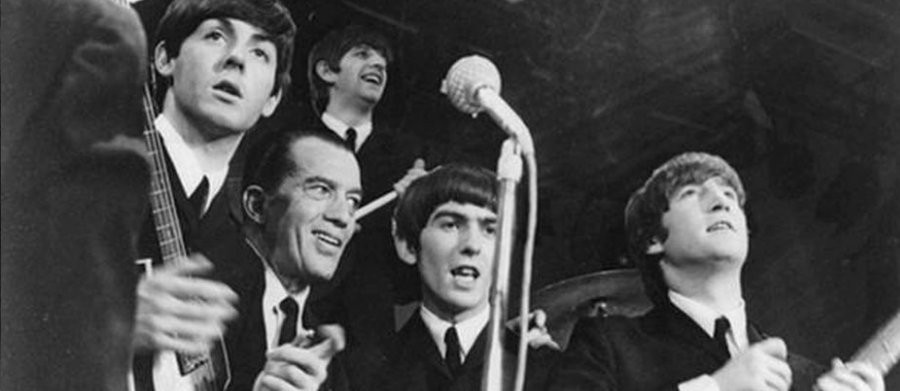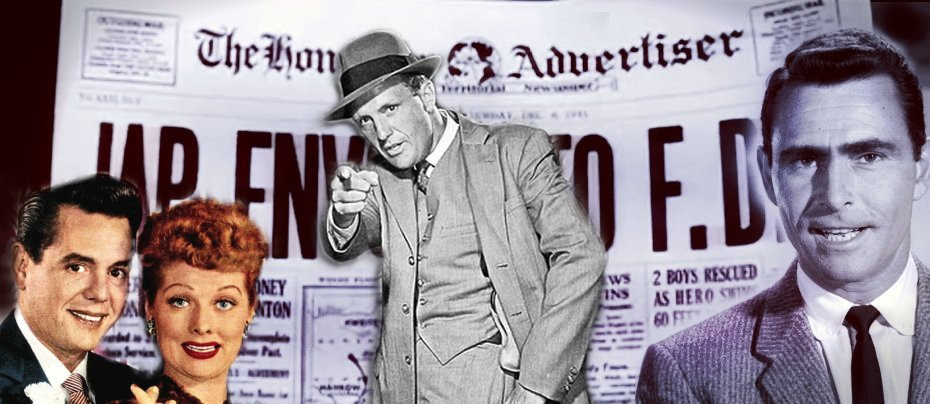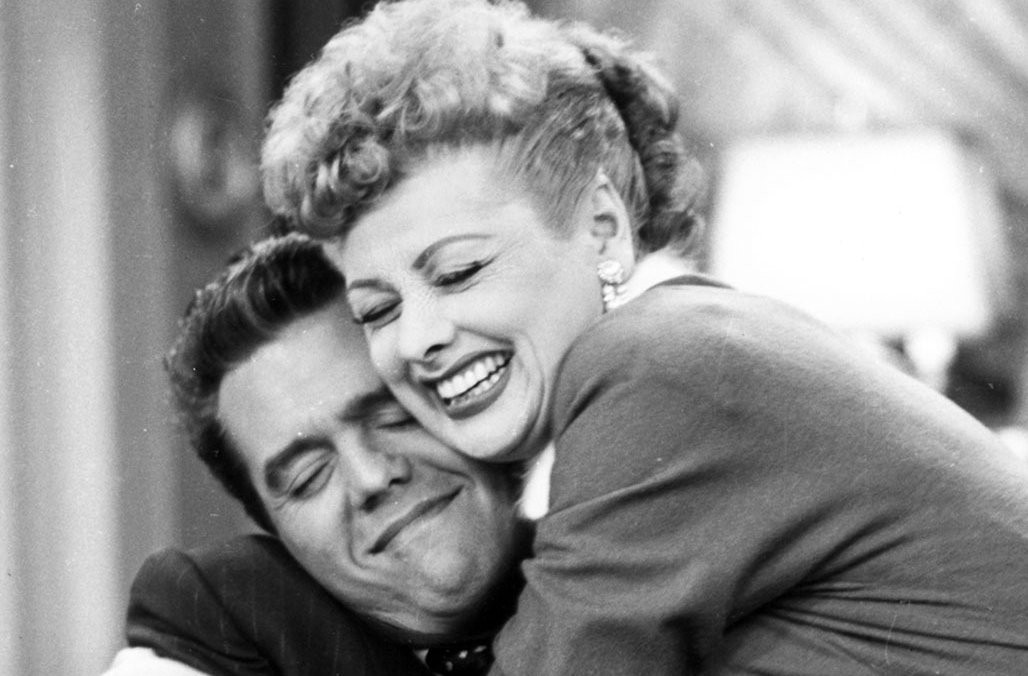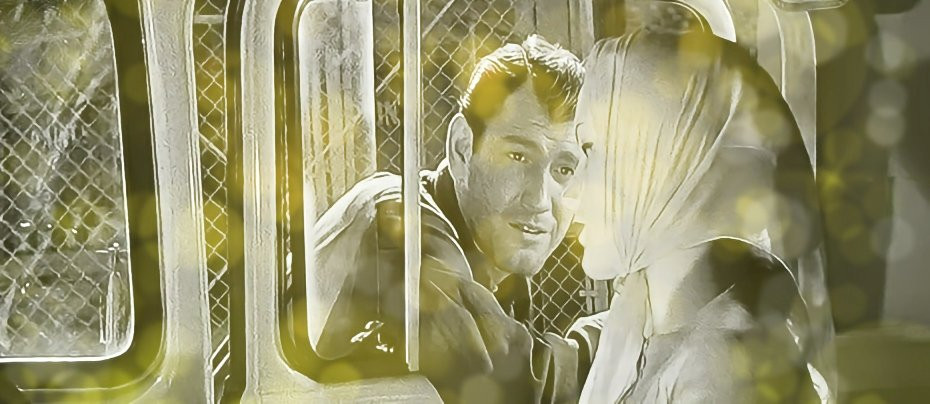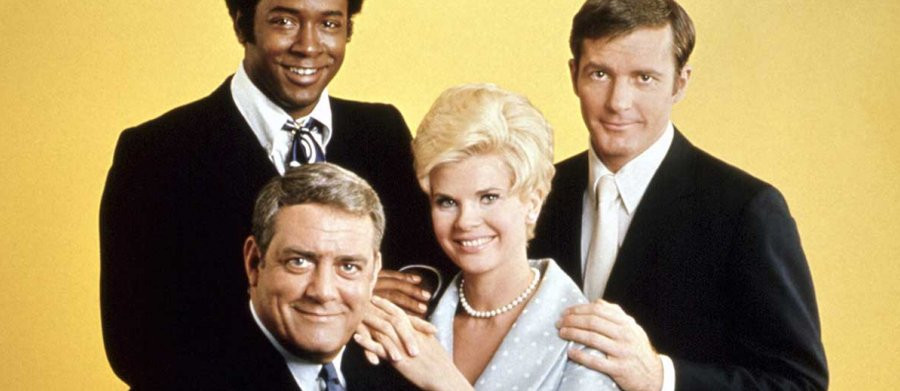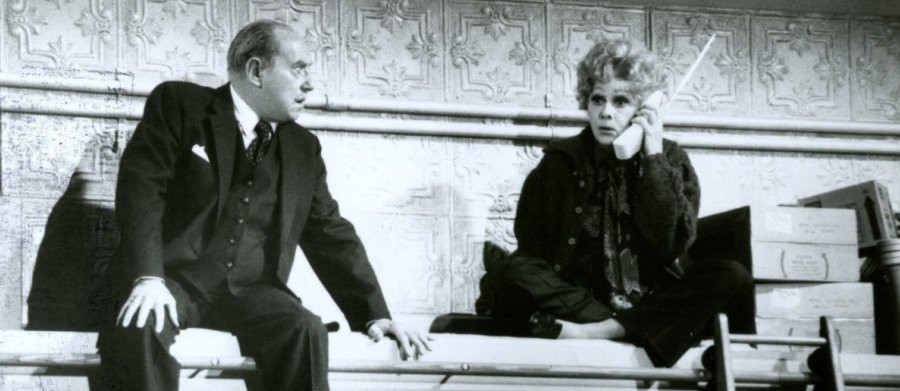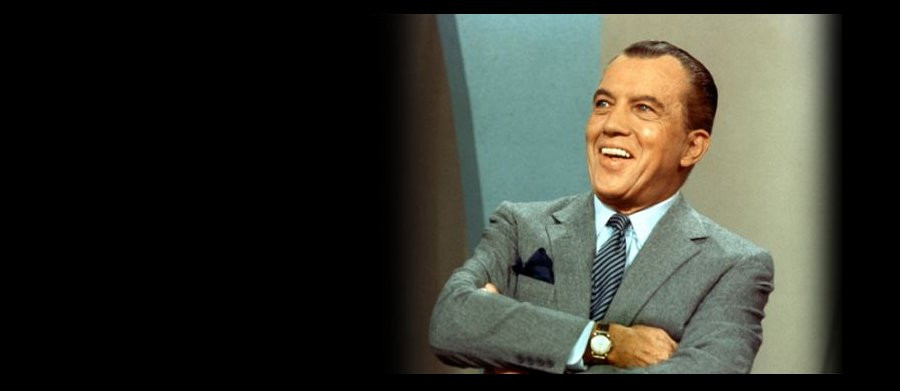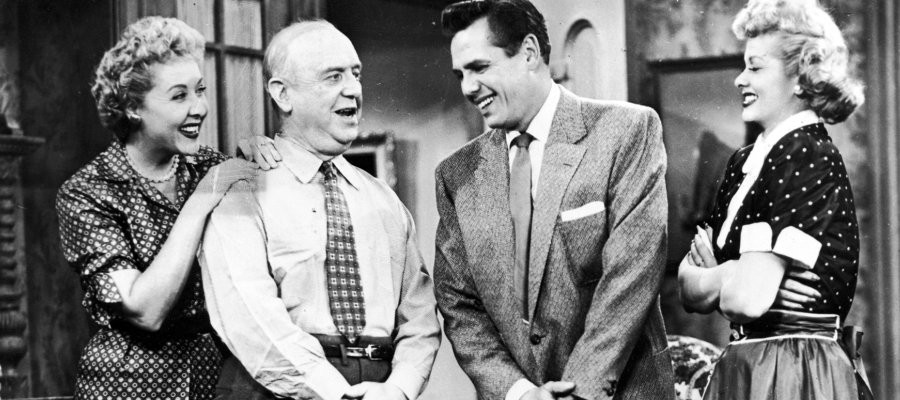
Five US TV Series To Watch Before You Die
There are endless lists of the television programmes you simply have to see before the angels (or the devil) come to take you away. Don't believe me? Use the title of this article in an Internet search, and you'll see what I mean.
So why am I doing yet another compilation? You could chalk it up to masochism, but I see it as a love letter of sorts. Over my nearly six decades, I have watched hundreds of hours of television, and I can safely say I've seen the good, the bad and the ugly. But there have been flashes of brilliance. Many flashes, to be exact. Hence, this list.
To make the top five, each series must do the following:
1. It must spark an emotion-whether joy, sadness or shock.
2. It must hold up to repeat/binge viewing.
3. It can reflect its era, yet not be so dated as to qualify as a relic. In other words, it must stand the test of time.
After long thought and much anguish, here are my recommendations for the five U.S. series I believe qualify as "must see TV" for the ages:
1. I Love Lucy (1951-57): It wasn't the first American sitcom, but it was the blueprint for the many half-hour comedies that followed. Ensemble cast? Check. Live studio audience? Affirmative. Three cameras to catch all the action and the use of film to preserve it for eternity? Naturally. But what set apart Lucy from its imitators can be summed up with two words: Lucille Ball. Her physical ability and knack for the right gestures and tone raised the American sitcom to a near-artistic level. And let's not forget her co-star and real-life husband at the time, Desi Arnaz, who proved to be a charming light comic in his own right (and who was the brains behind Desilu Studios, allowing Lucy to concentrate on the funny). Also never to be forgotten: arguably the two best second bananas in TV history, Vivian Vance and William Frawley (even if they hated each other's guts in real life). Couple all that with outstanding scripts from just five individuals over its six-season history, and you have probably the best example of mass entertainment ever produced in the States. (With very few exceptions, the 13 hour-long Lucy-Desi hours produced from 1957 through 1960 could not equal any of I Love Lucy's 179 half-hour episodes. In this case, the original remains by far the best.)
2. The Ed Sullivan Show (1948-1971): Variety series have been a staple since the early days of commercial television in the U.S. But none ran longer (23 seasons) or influenced popular culture more (see Bye Bye Birdie, where the entire family at the centre of the musical comedy warbles in ecstacy about appearing with Ed). Sullivan would never be described as a smooth, slick host; his delivery was the gag line of many a comic's routine and he was prone to on-air blunders. What set him apart was the fact he could spot and nurture new talent better than anyone else, and stay a step or two ahead of public taste. Sullivan spotted The Beatles on a trip to England in late 1963; by the time the Fab Four appeared on his show in February 1964, they were nothing short of a phenomenon in the States.) And while Elvis Presley appeared on several other TV variety programmes before Sullivan signed him for three appearances in 1956 and 1957, those performances on Ed's show remain stuck in the collective pop culture memory decades later. Sullivan had something for everyone, at a time when television was truly a mass medium and families actually gathered around the 21-inch Zenith or RCA console to share a collective experience. Today, there are literally thousands of video choices on various platforms to explore. But in a simpler time when there were only three national networks, no one did variety better than Ed Sullivan.
3. The Twilight Zone (1959-1964): There have been several updates of this unique drama after its original run, but the first take remains the best. Creator Rod Serling came up with this science fiction series to address issues he couldn't take on directly in the many dramas he wrote during American television's first "golden age" because of network or sponsor interference. Twilight Zone generally took an unusual event and gave it a surprise twist that challenged audiences. Its best-known episodes ("Time Enough At Last;" "To Serve Man;" "It's A Good Life") are still considered TV classics. And Twilight Zone gave some future stars good material to work with (Robert Redford, William Shatner and Leonard Nimoy, to name just three). Serling, along with fellow writers Charles Beaumont and Richard Matheson, were responsible for most of the series' 158 episodes. Not all were gems, of course. But to stretch a baseball metaphor, they scored plenty of triples-and a fair share of home runs. No wonder Twilight Zone isn't going into that good dark night anytime soon.
4. Hill Street Blues (1981-87): There are so many worthy dramas that belong on this list, but Hill Street redefined both the American police procedural and so many of the dramas that came afterward. Creators Steven Bochco and Michael Kozoll were commissioned by NBC to do a cop show; both agreed-if they did it their way. On January 15th, 1981, viewers who took a chance witnessed what looked like a documentary with a rough, edgy patina; equal amounts of pathos and humor; a rich and large ensemble cast; and the mixture of job and personal life, with some issues resolved and others not addressed until several episodes later. Hill Street was not the video equivalent of Musak; it was a series that demanded careful viewing (having a VCR certainly helped). As the legend goes, it was the lowest-rated fictional series up to that time to win renewal; though it eventually gained a relatively large and loyal following, it was never a smash hit during its seven-season run. Hill Street's influence continued after its final episode aired. Consider its alumni: Anthony Yerkovich (Miami Vice); Dick Wolf (Law & Order and its spin-offs); David Milch (NYPD Blue and a number of other series) and Mark Frost (the quirky Twin Peaks). Bochco himself tweaked the formula, resulting in L.A. Law, Murder One and the much-maligned Cop Rock. Its influence can still be felt in today's American dramatic series. That's far from being careful out there.
5. The Sopranos (1999-2007): This is grown-up fare, by adults for adults. It broke so many barriers and is still considered by many critics as the best drama series ever. Creator David Chase (who cut his teeth on such series as The Rockford Files and Northern Exposure) came up with the idea of focusing on a New Jersey mobster. But Tony Soprano was conflicted: He had to juggle his demanding family (including a mother who wanted him dead) with the pressure of avoiding federal prosecution while cutting out-and cutting down-his enemies. Not to mention his many therapy sessions. The Sopranos was a family drama in every sense of the word-domestic and underworld. Thanks to sharp scripts and wonderful performances from the cast (especially the late James Gandolfini as Tony; Edie Falco as conflicted wife Carmela and Lorraine Bracco as psychiatrist Jennifer Melfi), it made for riveting television. More importantly, it marked a third golden age for drama, after the live original productions of the 1950's and the post-Hill Street era of the 1980's and 90's. One reason is that The Sopranos aired on HBO-the nation's largest pay cable network. It didn't have to abide by broadcast television standards for language, violence and sexual content. The success of The Sopranos also encouraged other cable networks-pay and otherwise-to take a chance on dramas that the broadcasters couldn't (or wouldn't) air. For HBO, that meant Deadwood, Big Love, The Wire and True Detective. Other basic and pay cable networks followed suit (The Closer; Mad Men; The Walking Dead and Homeland, among others). And when The Sopranos finally bid farewell, its last few moments (the Soprano family eating at a restaurant before the screen abruptly turned black) sparked debate and speculation among critics and fans. Definitely a break from the "happy endings" and resolved conflicts American TV viewers had been force-fed for decades. And a welcome one.
There are many other series from the States that deserved inclusion for one reason or another (Rowan & Martin's Laugh-In; All In The Family; The Mary Tyler Moore Show; M*A*S*H; Cheers; The West Wing to name just six). But these five choices, in my humble opinion, have proved all of American TV was not (in the words of former Federal Communications Commission chairman Newton Minow) a "vast wasteland". Or even a toxic dump.
Published on February 21st, 2019. Written by Michael Spadoni for Television Heaven.


